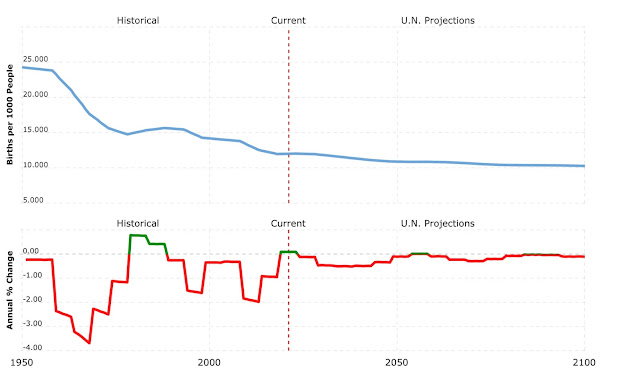I want to discuss some thoughts I have on scenario planning and why I think this skill is the future of supply chain management and planning. But first, let’s cover one thing and that is something you have to come to grips with: YOU ARE WRONG.
As great supply chain managers, we all like to show how great we are with math and how great we are with developing algorithms to come up with “the number”. “The number” could be an ESOP number showing inventory requirements after detailed and exhaustive analysis of demand requirements or it could be something like what transportation or labor capacity I need to satisfy expected demand in the up coming months. Coming up with these numbers requires a lot of thought, a lot of data collection and the inevitable crunching of numbers. We then like to show everyone that these numbers are “the answer”. As you can tell from what I titled this entry, I do not believe they are the answer.
Rather, the supply chain manager should think of the number as the first step in a multi-step process to develop and document different scenarios which could occur. Think of this first number, not as the answer, but rather as the “base case”. It is a hypothesis. If all your assumptions come true then this number will likely be “the number”. Of course, in life, and in supply chain, all the assumptions almost never come true or develop as you planned them. I submit that almost every major event in the last 20 years in supply chain (2008 recession, 2020 COVID, etc.) were not in anyone’s base case assumption.
Now that you are thinking of this number as just one possible outcome, what do you do next? Well, you build scenarios and you calculate what “the number” will be under all the different scenarios. You assign probabilities to those scenarios and, in some cases, you build out contingency plans to deal with specific scenarios, in advance, in case those scenarios come to fruition.
There are many documented ways to think about this and for those who are academically inclined, I point you to a great research paper titled, “Next Generation Supply Chains” where they discuss the Gausmeier-approach to scenario planning and the Applied Approach to scenario planning. It is a great read to get the more academic base on scenario planning especially in supply chains. However I would suggest, after reading this article, you discover what will work in your company. How can you simplify it and bring it to the practical level.
I believe if you do this work, in advance, you will be much quicker in executing well thought out plans for each scenario that could develop. You will have thought about it in advance when you were not under undue pressure, you will have documented the assumptions and potential scenarios, you will have assigned responsibilities and tasks. All when you could think much more clearly.
After all this is done, just like a great NFL quarterback, you can call the play and audible out of it with confidence and conviction that you have planned for the change of events and you have practiced it.
Yes, getting “the number” is important. But, what is more important is that you admit that the number is wrong, and you plan for it.














